Asset finance involves purchasing a business asset, hiring an asset, or raising money against an asset your business already owns.
All of the various types of asset finance agreements involve using a business asset as security, but there are a number of different types of assets that can be used as security, including:
- Machinery
- Plant
- IT equipment
- Vehicles
- Office equipment
- Catering equipment
- Agricultural equipment
This means that, potentially, any business that might already own or want to use, one of these assets could enter into an asset finance agreement.
Examples of businesses that could potentially benefit from asset finance include:
- Manufacturing businesses will have plenty of different types of machinery
- Construction businesses, who will have plants – such as cranes and bulldozers – and vehicles
- Businesses that have a remote sales force are likely to have a fleet of company cars
- Hospitality businesses, which may have catering equipment that can be used as security
- Agricultural businesses, which can use farm machinery as the security
- Technology businesses, which have hi-tech assets
- Transport and logistics businesses, which naturally use lorries and other vehicles
This is by no means an exhaustive list, as almost every business has fixed assets of some sort. If you would like to explore asset finance further, then get in touch with us here at Funding Bay. We have access to a large number of asset finance providers and can help you find the right deal for your individual circumstances.
Most businesses will be eligible for asset finance, including sole traders and partnerships, as well as limited companies. It’s also possible to obtain asset finance even if you have poor credit.
There are a number of different types of asset finance, which all work in a slightly different way. All of these arrangements, however, involve providing a business asset as security. This means that, whatever type of arrangement you enter into, the finance provider can re-possess the asset if you fail to maintain repayments.
With hire purchase, as the name suggests, your business will purchase a new asset. The presence of the word ‘hire’ in the name, however, suggests that there is also a rental component.
A hire purchase agreement starts with you making an upfront payment as a deposit – this might be around 10% of the asset’s value.
The remainder of the purchase price, plus interest, is then repaid in installments over the term of the agreement, which might last for between one and seven years. You would usually make monthly repayments at a fixed interest rate. During the period when you are making these repayments, the finance company is the legal owner of the asset and you are ‘hiring’ it from them. You would, however, have full use of the asset throughout this hire period, and then you would acquire ownership of the asset once all repayments had been made.
As opposed to hire purchase, asset leasing doesn’t usually involve you becoming the owner of the asset, although some agreements give you the option of purchasing the asset at the end.
With asset leasing, you simply rent an asset from the finance provider for a limited period – typically up to five years. You make regular repayments during this period in exchange for full and exclusive use of the asset.
As opposed to the two types of finance we have already looked at, asset re-finance involves the finance provider lending a sum of money against an asset that your business already owns.
Asset refinance is a very flexible arrangement, in that you can use the funds you raise for any business purpose. This might include purchases of other equipment, refurbishments, staff development, development of new products and services, recruitment drives, or any form of business expansion.
The repayment term might be as long as 10 years, but typically this term will be no longer than the estimated useful life of the asset.
With asset re-finance, you need to make regular monthly payments to cover the loan amount, plus interest. Although it involves an asset you owned at the start of the arrangement, ownership passes to the finance provider at this point, although you are allowed to continue to use the asset in the same way as if you owned it. After making all scheduled repayments, you become the asset’s owner once again.
Unlike the arrangements we have already looked at, a sale and leaseback arrangement involves permanently surrendering ownership of an asset you own. Doing this can, however, provide a significant cash injection and you are allowed to use the sale proceeds for any business purpose. You are still permitted to use the asset, provided you make regular rental payments to the finance provider.
If your business is looking to use asset finance, then get in touch with Funding Bay.
Check out our Asset Finance Calculator.



